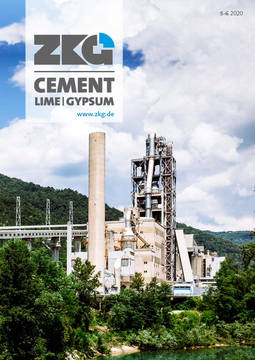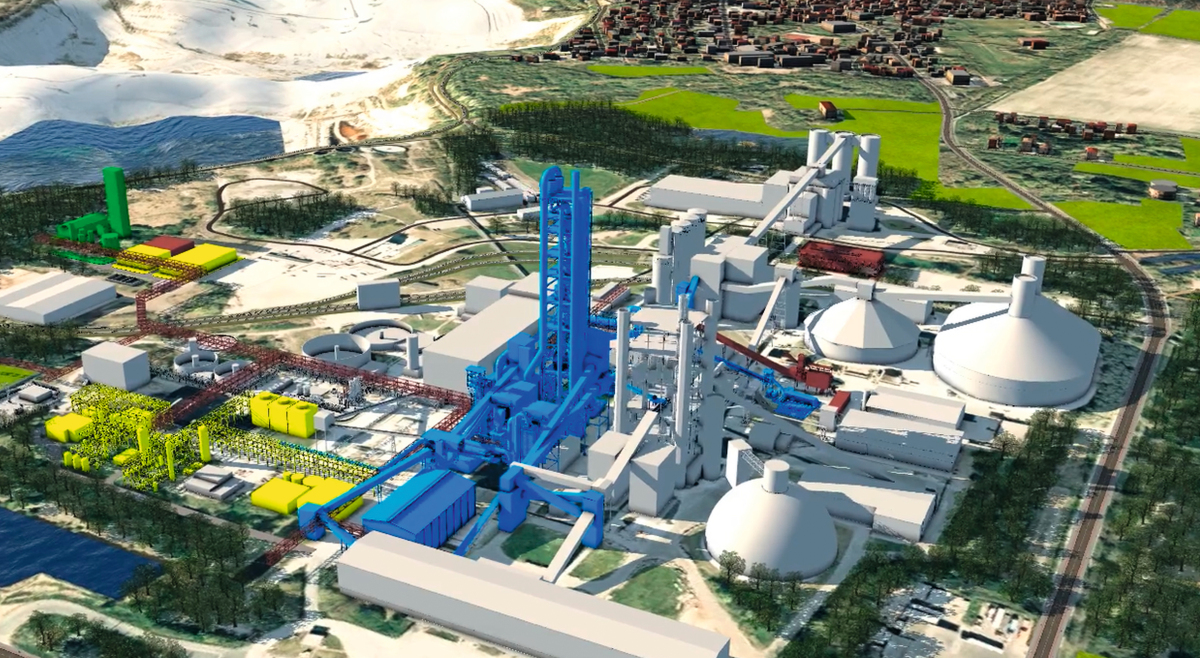Carbon neutral by 2050
Despite the Coronavirus crisis, Cembureau has been working on compiling the new carbon neutrality roadmap, which was published on 12 May 2020. In this roadmap, the European Cement Association sets out the goal of net zero emissions along the clinker, cement, concrete, construction and (re)carbonization value chain by 2050. Cembureau asserts that technology alone is not enough to achieve carbon neutrality – collaboration between all stakeholders in the entire construction sector is needed.
In the roadmap, the role of the individual technologies in cutting CO2 emissions is quantified and concrete political and technical recommendations to support this goal are given.
As carbon capture, use and storage (CCUS) are responsible for 42% of the CO2 emission reductions in this sector, the development of a Europe-wide CO2 transportation and storage network, continued funding for demonstrators, and support for the business case of the technology with state aid are needed.
The replacement of fossil fuels with non-recyclable and biomass waste and the use of alternative raw materials will bring another 15-% reduction in emissions in the cement industry. To support this circular approach, movement of waste between EU countries should be facilitated, while landfilling and exports of waste outside the EU should be discouraged.
The introduction of low-carbon cement products on the market will lead to an additional 13-% reduction in emissions. The CO2 footprint of European building is to be reduced and based on a lifecycle approach. Incentives for the introduction of low-carbon cements and products on the market should be created.
Equal competitive conditions for carbon, regulatory certainty and an ambitious agenda for industrial transformation are needed.
The European cement industry is regarded as a global leader in innovation, for climate protection, too. In Europe, there is not only a large number of projects in which breakthrough technologies are applied, technologies for tomorrow are also developed.
Achieving carbon neutrality will not be easy or possible without considerable costs. On the contrary, more major investments will be needed to introduce low-carbon technologies in the over 200 cement plants across Europe. To achieve its ambitious goals, the industry needs the support of the political policy-makers.
Yours sincerely,
Anett Hümmer
Editor-in-Chief



